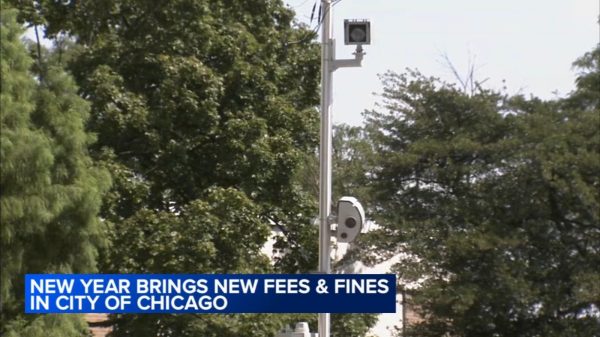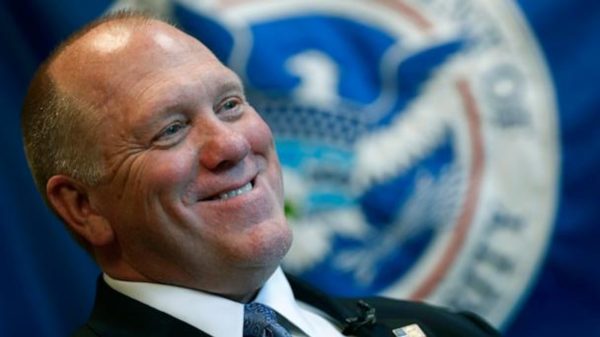The November meeting between Chinese President Xi Jinping and U.S. President Joe Biden in San Francisco brought some relief to bilateral ties. In this uncertain world, improving U.S.-China relations will lower the likelihood of wars, which benefits the entire community.

Globally important U.S.-China ties involve economic cooperation, geopolitical conflict, and strategic contrasts. Military communication, anti-drug collaboration, and technology talks shape this link, which affects global politics and economics. (Source: Eurasia)
Reshaping Dynamics in U.S.-China Relations Through Varied Initiatives
Economically, U.S.-China relations are the most important in the world. The world’s most important variable may be relations’ future evolution. ANBOUND researchers advise against being too enthusiastic or pessimistic while appraising the situation. A deep knowledge of the situation requires a rigorous and objective study. U.S.-China relations can be analyzed using variable and unchangeable factors. Which features of the U.S.-China relationship may change? The two nations’ leaders’ talks and activities should lead to beneficial changes in the following areas. First, high-level military communication between the U.S. and China, working-level meetings between their defense departments, maritime military security consultations, and telephonic exchanges between military zone leaders are expected to resume. Following the balloon incident earlier this year, US-China military communication has mostly ceased. Due to the then-Chinese Defense Minister being on the U.S. sanctions list, China diplomatically rejected several U.S. military dialogue initiatives.
Second, both nations will resume anti-drug cooperation. Fentanyl misuse kills tens of thousands of Americans each year, and the number is rising. China has been accused by the U.S. of supplying massive amounts of opioids. An anti-drug working group addresses U.S. domestic issues and helps China manage the U.S. drug abuse crisis. Third, the two countries will hold a government-level AI dialogue. AI has great potential and influence because of its rapid development and use. However, misuse of a growing technology could cause social disasters. AI dialogue and communication between the U.S. and China help explore and handle AI development issues. Fourthly, next year, both countries will enhance bilateral civil aviation flights, making people-to-people encounters easier. Fifth, the countries will increase education, student exchanges, youth, culture, sports, and business exchanges. Given the friction in bilateral relations and the absence of mutual trust, education, and cultural collaboration seems unlikely.
Sixth, climate change collaboration will improve. Climate change has the greatest U.S.-China cooperation agreements since it does not threaten the two countries. Without U.S. and Chinese engagement, the global climate change agenda may struggle. It’s important to note that bilateral relations are unchanged in many areas. These static sectors may better capture U.S.-China relations. U.S. competitive strategy toward China is the first immutable aspect. U.S. national defense strategy at the end of 2017 designated China as a long-term strategic competitor. A sequence of national security strategy amendments drives significant changes in U.S.-China ties. This approach specifies several facets of the relationship and its core. We expect the U.S. to maintain this strategy for decades. “Strategic competition” from China is the “underlying theme” of relations. As long as this theme continues, other aspects are hard to change.
READ ALSO: US-China Talks About Global Climate Change in California
Navigating U.S.-China Geopolitics
Second, the U.S. will maintain its “small yard, high wall” policy against China. Despite its market-oriented economy and longtime support of free markets, the U.S. seeks to limit China for its major power competition strategy. The U.S. uses the “small yard, high fence” strategy to restrict the export of technology, knowledge, and products to China for national security reasons. The restricted areas include semiconductor chips, artificial intelligence, biomedicine, and more. China is limited by the “high fence” in technology, products, equipment, and knowledge. This idea has spread globally through American partnerships. The U.S., Netherlands, and Japan limit advanced semiconductor equipment exports to China. The U.S. also restricts technology, equipment, and expertise from other nations to China through long-arm jurisdiction. Thirdly, U.S. Taiwan policy will remain unchanged. The Taiwan problem is important to China, and the U.S. has used it as a geopolitical weapon to influence China. Thus, this issue will remain a key cause of friction between the two nations, giving the U.S. a strategic card. As China’s economic and military power rises, the U.S. knows the risks and consequences of interfering in a Taiwan Strait crisis.
Fourthly, the U.S. and its allies will continue to constrain China. At the San Francisco summit, President Biden said the U.S. would not encircle China with its allies. However, following such a declaration is difficult. The U.S. will ultimately deploy a prolonged “encirclement” approach to “contain” China, its long-term strategic rival. However, U.S. allies will base their China policy on their national interests. U.S. Secretary of Commerce Gina Raimondo had a forceful speech, according to Chinese witnesses. She stressed that China is not a friend of the U.S. and opposed exporting advanced semiconductors to China. This is expected. Understanding the variable and unchangeable factors in U.S.-China relations shows that Raimondo’s statements are candid. The “small yard, high fence” U.S. approach toward China’s high-tech sector is expected to continue.

















































